Ho Chi Minh's Stilt House
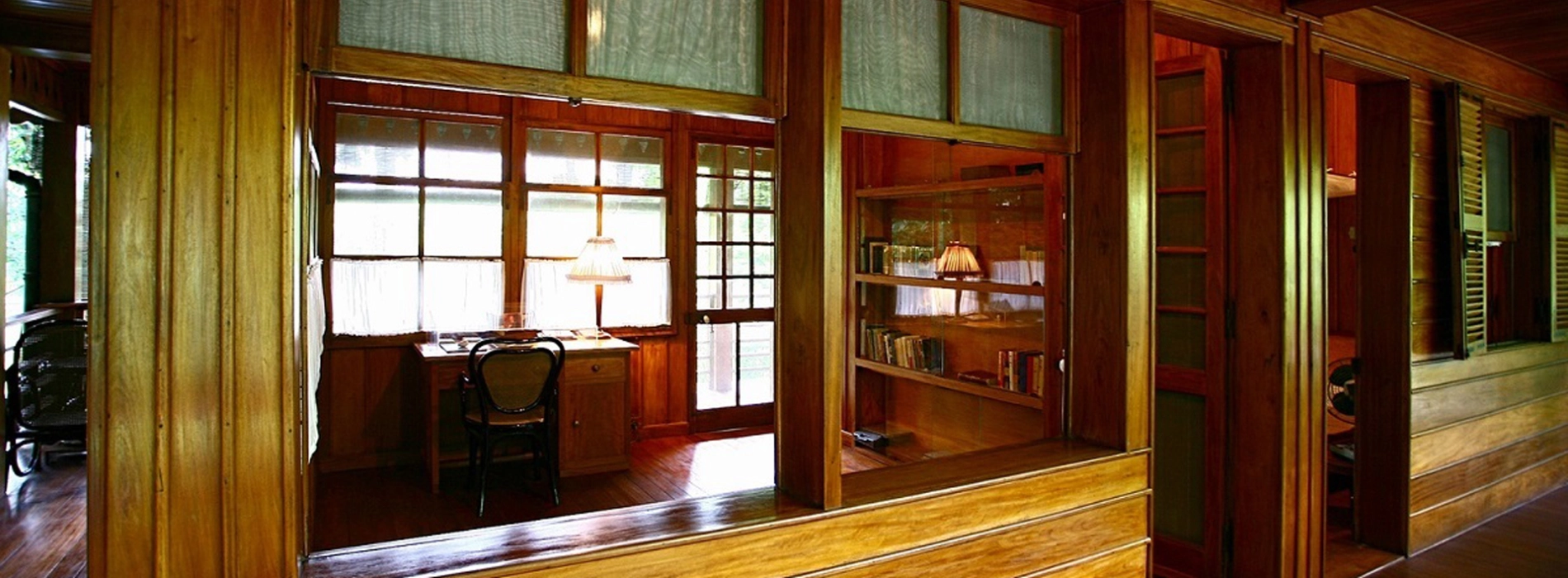
Ho Chi Minh's Stilt House is considered a historic monument and is located in the heart of Hanoi, reflecting deep insight into the life and philosophy of the beloved leader of Vietnam. Small and simple, this stilt house was the residence of Ho Chi Minh from 1958 until his death in 1969. It was not the imposing Presidential Palace next door, but this humble abode is the reflection of the simplicity in the life of Uncle Ho and his closeness to the people. This place is worth going on your bucket list when visiting Vietnam if you want to experience history and cultural heritage.
When independence came to Vietnam in 1945, Ho Chi Minh himself refused to stay in the magnificent Presidential Palace but lived in a simple stilt house adapted from traditional ethnic architecture. Constructed in 1958, this house was built to resemble the stilt dwellings commonly found in rural Vietnam. As a member of the Politburo, it became a symbol of his dedication to simplicity, hard work, and closeness with the common people.
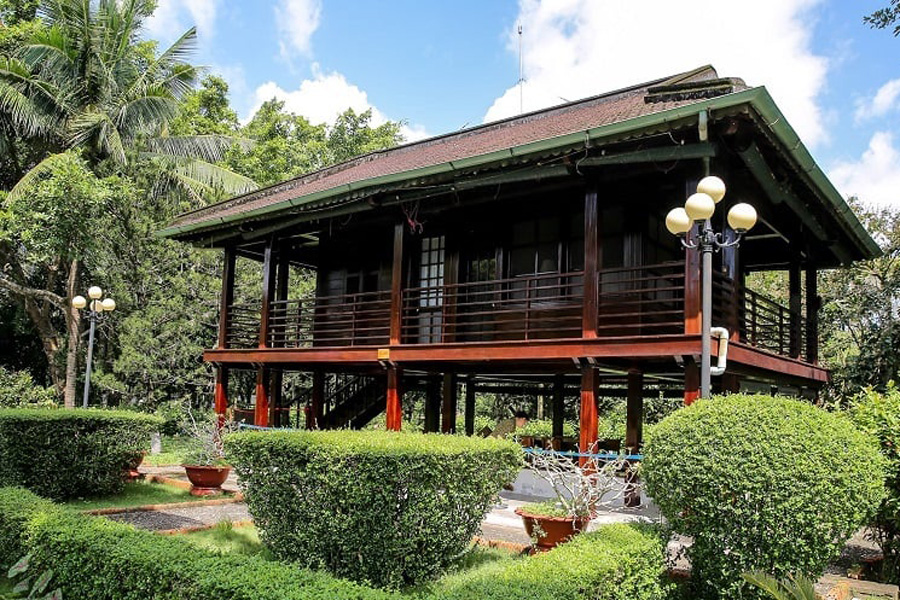
Ho Chi Minh's Stilt House (Source: Vin Wonder)
He lived here, used it as his office, had meetings, and took very important decisions concerning the future of Vietnam. Nowadays, this site has been transformed into a museum so guests could see by their own eyes how the head of state used to live and work in such complicated years for the country.
Ho Chi Minh's Stilt House is located within the Presidential Palace Complex in Ba Dinh District, Hanoi. It is quite convenient to reach a spot that has the following public transportation:
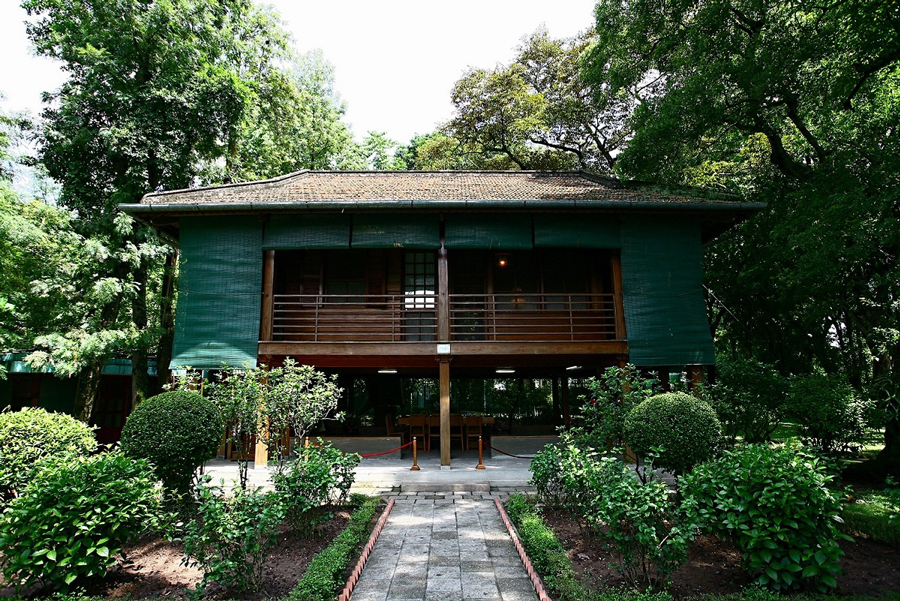
Ho Chi Minh's Stilt House (Source: VNExpress International)
Admission to the complex carries a nominal entrance fee. Guided tours are available to provide more information regarding Ho Chi Minh's life and legacy.
Read more: Classic Highlights Vietnam
Following are some of the interesting features of the personal and professional life of Ho Chi Minh that one can have a close look at upon visiting his Stilt House:
The Stilt House: The house is made up of two small rooms-a bedroom and a study-appropriately equipped with simple furniture, books, and personal belongings. This, indeed, is the living area that reflects his humility and dedication to his people.
The Gardens Around: The gardens around the house are well maintained, with an environment of a serene pond with carp fish, which Ho Chi Minh enjoyed feeding.
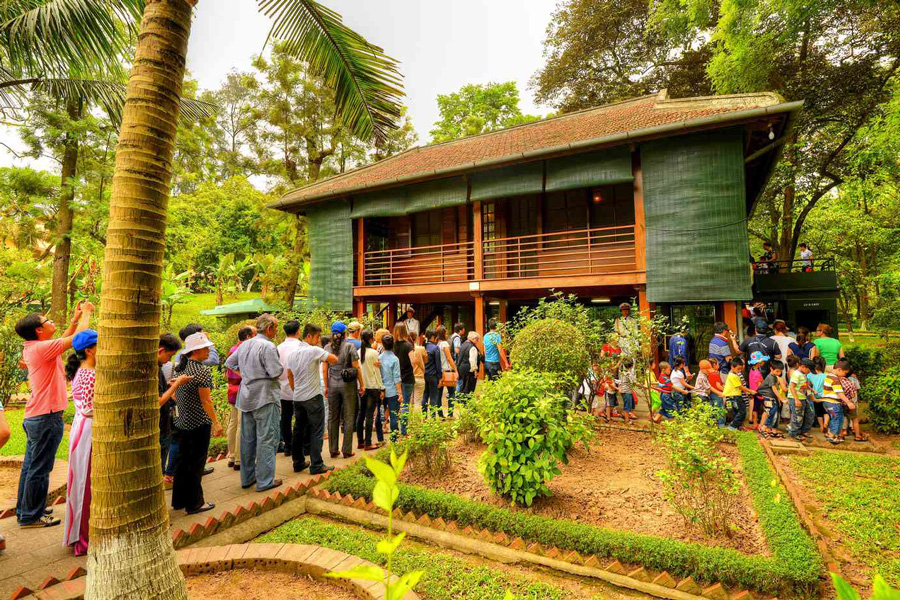
What to See in Ho Chi Minh's Stilt House (Source: Trip Savy)
The Presidential Palace Complex: Even though the actual palace is off-limits to visitors, it is a nice, yellow, colonial-style structure to see-it stands in excellent juxtaposition against the simplicity of the Stilt House.
Ho Chi Minh Mausoleum: The body of Ho Chi Minh is preserved here-a short walk from the museum-which, to most Vietnamese people, is a huge pilgrimage site.
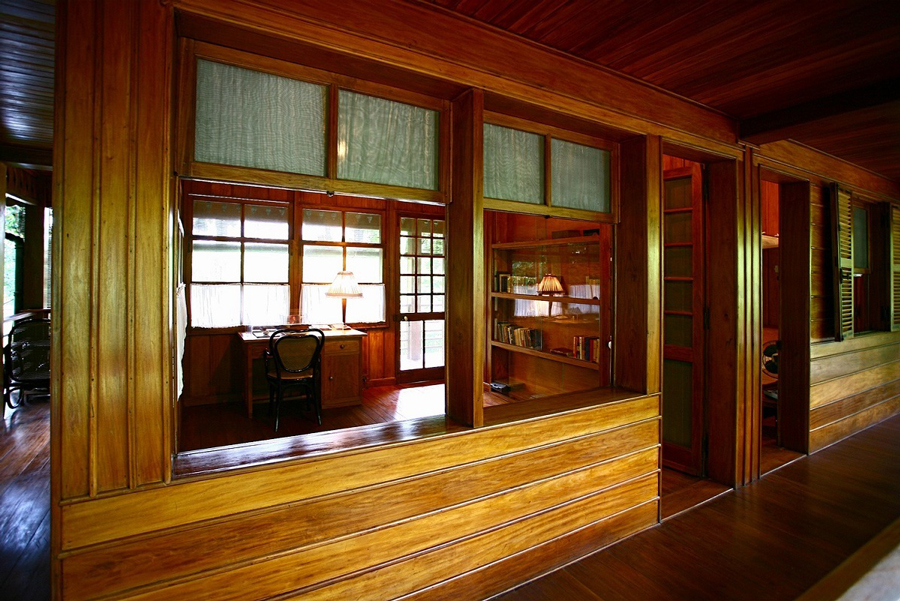
President Ho Chi Minh's Stilt House in Hanoi (Source: VNExpress)
Ho Chi Minh Museum: The life of Ho Chi Minh and his feats, including, but not limited to, that of a leader during the movement toward the independence of Vietnam are given in greater detail.
A visit to Ho Chi Minh's Stilt House is an emotional journey traveling through time, looking into the values of a leader who made history in Vietnam. This place says volumes about Ho Chi Minh's commitment to an unassuming life, fully dedicated to his country and people. If one intends to go to Hanoi, he or she should never forget paying a visit to this historic site. Prepare for a beguiling excursion into the diverse history of Vietnam.
We, Asia King Travel, arrange guided tours to Ho Chi Minh's Stilt House and many other iconic buildings. Call us now to create an unforgettable journey through Vietnamese history and culture!
Read more: Vietnam Tour 16 days: An Amazing Discovery